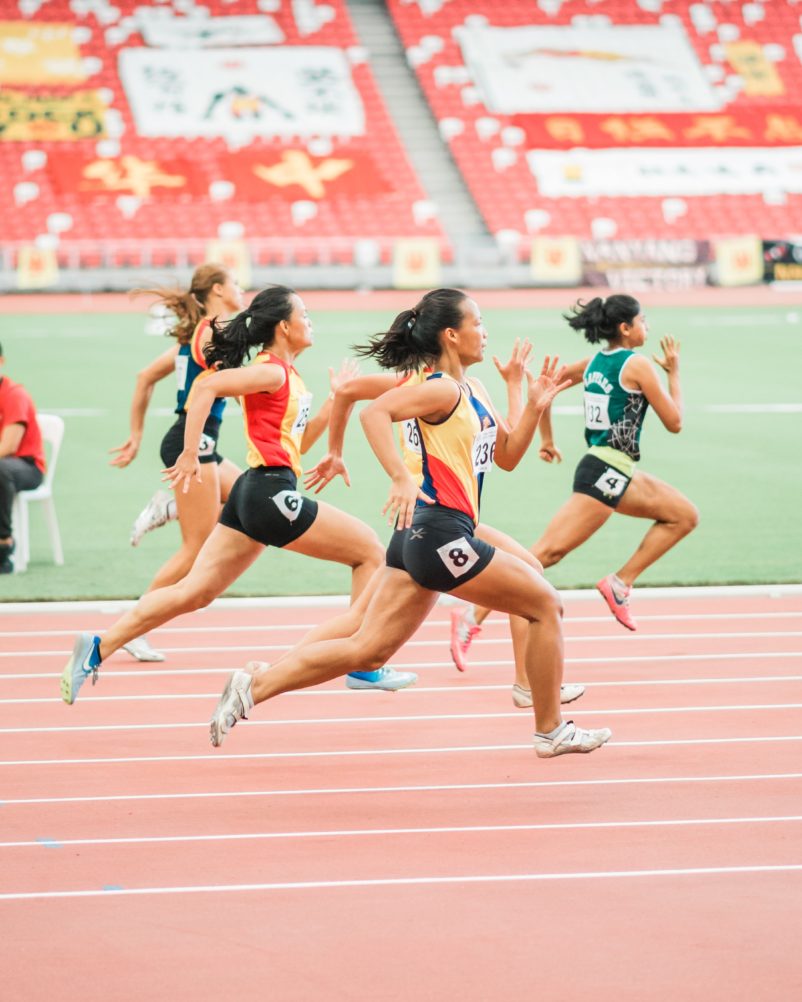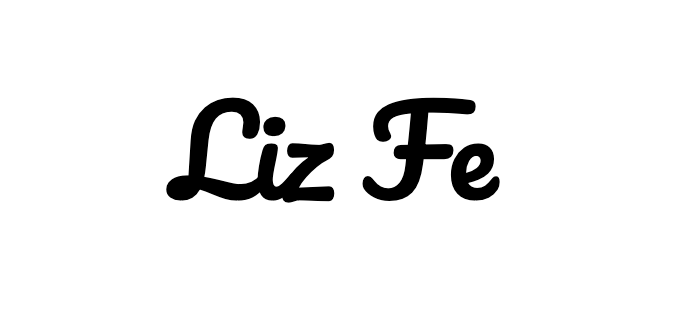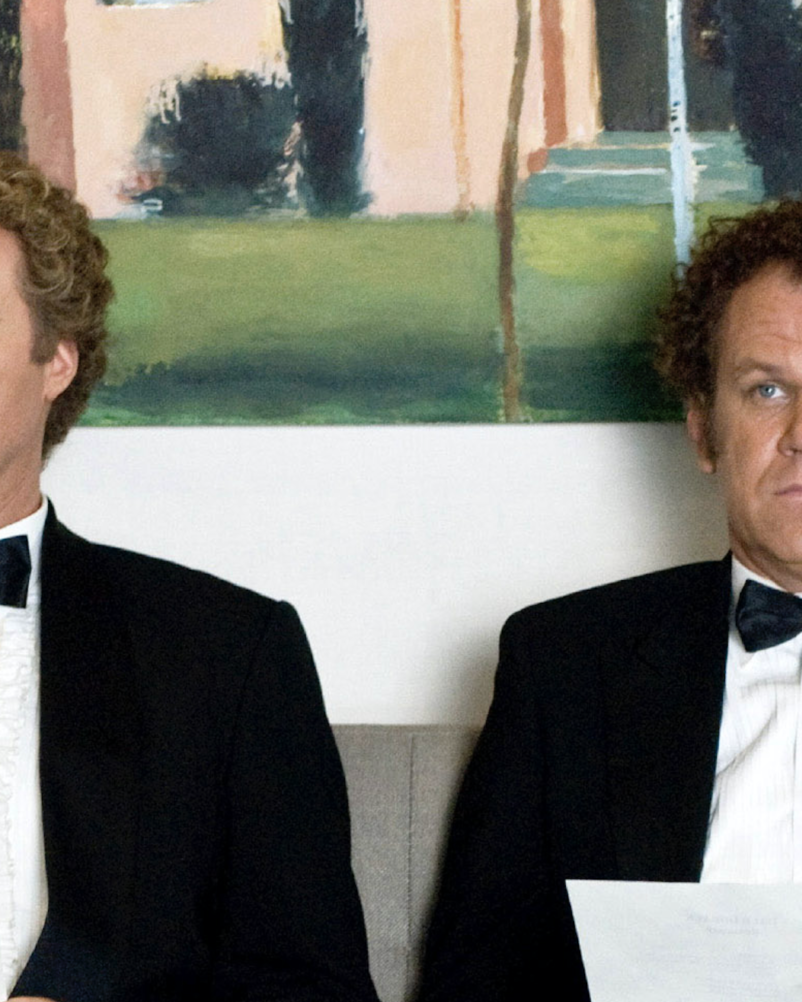
Women everywhere have been sexualized pretty much ever since the beginning of time. It is present everywhere in society. Schools have strict dress codes for girls, stores sell revealing clothing targeted toward young girls, and even video games create female characters wearing provocative outfits. Women are constantly being pressured by society to look and act more feminine. They are expected to cater to the male eye, and if they don’t, they are harshly criticized. In the world of sports, female athletes have been fighting to break down barriers and uproot stereotypes. One German gymnast in particular, took a stand against sexualization through her outfit choice.
If you’re interested in finding out more, keep reading on!
A Brief Overview Of Inequality In Sports
Sports are deemed as a largely male activity, therefore there are only certain sports that are suitable for women to participate in, such as figure skating, cheerleading, or gymnastics. Women who attempt to participate in a more “masculine” sport like football or hockey, are immediately placed under scrutiny. Their sexuality is questioned as if playing hockey is an accurate indicator of a woman’s identity. Female athletes’ accomplishments are often undermined by society’s focus on their bodies. Instead of receiving praise for their athletic prowess or for breaking records, they hear a lot more about how overly muscular and unattractive their bodies appear.
Women’s sports do not get the media coverage they deserve. Male sports receive significantly more attention. Less than ten percent of sports media covers women’s sports and less than two percent of sports media covers women’s sports that are deemed as masculine. Female athletes are also paid less than their male counterparts, despite doing the same work. The underrepresentation of female athletes reflects society’s beliefs that women are not as entertaining, strong, or important as men.
If you’re interested in reading more about women in sports taking a stand against injustice, check out the article Empowered Female Players Quit Team for BLM.
Sarah Voss And Women’s Athletic Clothing
German gymnast Sarah Voss, is drawing attention to the issue of female sexualization. How exactly did she do that, you might ask? She wore a full-body unitard at the European Artistic Gymnastics Championship, which took place in Basel, Switzerland. She also provides the reasoning behind her choice:
“We women all want to feel good in our skin…As a little girl I didn’t see the tight gym outfits as such a big deal. But when puberty began, when my period came, I began feeling increasingly uncomfortable.”
Sarah Voss
Voss strives to be a role model to other female athletes experiencing discomfort. The usual custom for female gymnasts is to wear a skin tight body-hugging leotard with a higher cut leg. The high cut of the leg is supposed to give the appearance of longer, more elegant looking legs and enhance the performance for the judges. This version of the leotard can be highly distracting for the gymnasts themselves. Wedgies happen, and if you get caught picking at one, the judges will deduct points. Points will also be deducted if your bra and underwear are showing. Making sure that everything is out of sight is tiring and worrisome, especially for something so minor, not to mention the extreme discomfort of how tight fitting the clothing can be.
“Every time you don’t feel safe it’s distracting you from what you want to perform. I think that feeling safe and not thinking about what other people can or cannot see is quite relieving when you can compete like that.”
Sarah Voss
Shorts are also not entirely acceptable. Points will be deducted for wearing shorts to a competition as well. The standard leotard does not provide a sufficient level of comfort or coverage, especially when it comes to dealing with menstrual cycles. Some gymnasts are pushing to change the rule that deems shorts as unacceptable. Girls do not need to be penalized for wearing what makes them comfortable during a physiological process that is out of their control. This just creates unnecessary anxiety over their menstrual cycles when there is already such a stigma around periods.
Two of Voss’s teammates, Kim Bui and Elizabeth Seitz both followed her lead by wearing full-coverage bodysuits as well. Bui took to Instagram to convey her joy, stating, “I‘m very proud of us! We want to encourage all gymnasts around the world to be able to wear this if they want to feel better…Long legged leotards can also look aesthetically pleasing!” Seitz added that since they practiced in full-coverage bodysuits, it should be a common occurrence to see them worn during performances as well.
Sports And Sexual Abuse
Sexual abuse and harassment in sports deters women and girls from pursuing their passions and achieving their goals. Sexual abuse can occur in all types of sports, no matter what athletes are wearing or how they look. Most coaches, athletic trainers, and team owners are men. Women who are a part of the sports industry are usually just the players themselves, so there’s not a whole lot of women in positions of power. The control and authority that coaches hold over young athletes make it difficult for girls to speak out about their discomforts or even recognize when something is out of the norm.
An example of a case of sexual abuse that went unchecked for far too long is one involving Larry Nassar, a former U.S gymnastics physician and sports medicine doctor at Michigan State University. He is serving a life sentence in prison for assaulting at least 250 women and girls. If one man is capable of harming such a large amount of people, just imagine how many females have been affected all across the sports world.
Sarah Voss’s full coverage bodysuit may not seem that exciting, but it is actually groundbreaking news for women. Her unconventional outfit represents the reclaiming of women’s sexuality and provides female athletes with a voice. She is empowering women in the sports industry by giving them back their power and the choice to decide whether or not they want to cover up.
Are you interested in more empowered women content?




